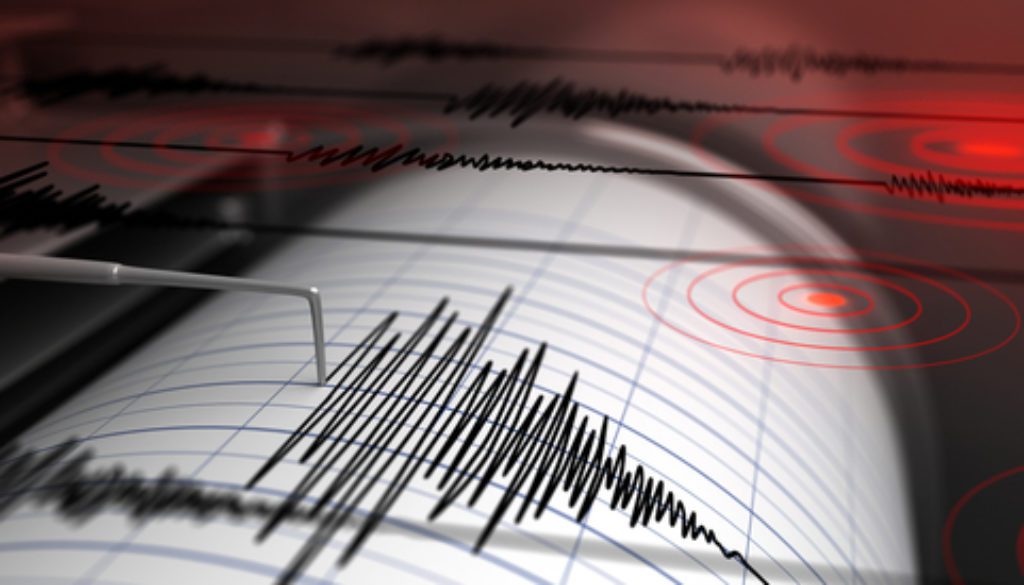Améliorer la sécurité des communautés face aux tremblements de terre grâce à la technologie de notification de masse
While earthquakes in the U.S. primarily occur on the West Coast, there are other major fault lines in the central and eastern parts of the country. Historically, the most violent earthquakes have occurred in the central region of the U.S., with more damage and deadlier aftermath than those on the West Coast.
A major fault line — the New Madrid Seismic Zone — runs through central Mississippi all the way to northeastern Arkansas, southeastern Missouri, western Tennessee, Kentucky, and southern Illinois.
The east coast isn’t exempt from earthquakes either. There are numerous fault lines that are at risk of disastrous earthquakes in heavily populated areas. There are currently 100 million or more people at risk.
With such a large portion of the country in direct line of impact, communities, hospitals, schools, and businesses must know what to do when an earthquake strikes.
Earthquakes can happen anywhere, at any time
While some areas experience few earthquakes, they are still a possibility. As the earth’s tectonic plates shift, even slightly, areas along and near fault lines are likely to feel the shake. If an earthquake is powerful enough, the effects can be felt hundreds of miles away.
A 2011 earthquake in Virginia reached a magnitude of 5.8 on the Richter Scale and was the largest ever recorded on the east coast. Nearly a third of the U.S. population was affected, including residents in large cities like Baltimore, Washington D.C, Philadelphia, New York, and as far away as Chicago.
Large earthquakes aren’t uncommon along the New Madrid Fault Line. In recorded history there have been at least three 7.5 or higher magnitude earthquakes. In 1811 and 1812, they were so powerful that they momentarily caused the Mississippi River to flow backwards.
The fault line still generates roughly 200 smaller scale earthquakes every year, but scientists warn that the next “big one” may be approaching. Experts believe that there is nearly a 10% chance that a magnitude 7.0 or higher earthquake could occur in the New Madrid Seismic Zone within the next 50 years.
The chances of a smaller, though still incredibly devastating, magnitude 6.0 earthquake occurring rises to 25-40%. Tennessee, Missouri, Indiana and Arkansas are states at the highest level of concern, with an earthquake risk similar to that of California if this size earthquake were to occur.
With little to no lead time, warning communities, organizations and first responders ahead of time becomes a challenge. In the aftermath of an earthquake, people may lose access to resources such as electricity and running water, along with the impacts of road shutdowns that halt transportation.
That is why advanced and thorough preparation is critical in preventing or mitigating the devastating impacts of higher magnitude earthquakes.
Advanced preparation and timely warnings for increased safety
Infrastructure is one of the biggest concerns during an earthquake. Because they can strike without warning, buildings, roads, and more must be prepared to withstand the fierce intensity of earthquakes, especially as it concerns maintaining communication within communities.
Many cell towers are strong enough to stand through a major earthquake but not to continue working. Even when there is no infrastructure damage or power outages in the area, an increased number of calls and texts can strain the system.
Being prepared means informing community members, employees, students, and hospital staff of what’s happening, areas that should be avoided, and other important emergency steps. Emergency managers must make notifications and announcements to prevent panic and fear.
When communication is compromised, how can officials ensure they give their communities and organizations the proper information?
In the aftermath of an earthquake, there is much to do, and traditional methods of communication such as dial-ins and comb through call lists are not the most effective way to handle such an emergency.
Emergency managers need a mass notification system that brings key stakeholders together quickly to determine the best course of action and enlist the assistance of emergency responders. A system like this would prevent the loss of precious time and help eliminate compromising safety situations for residents, staff, students, and patients.
How Rave Mobile Safety can help
K-12 Schools
Inform students, their parents, faculty, and staff about emergency preparedness such as the Great ShakeOut Earthquake Drills and develop post-earthquake evacuation procedures and other action steps to keep everyone on campus safe.
Hospitals
Mass notifications systems can prepare large hospitals and other healthcare facilities to brace for the impacts and damage that come with earthquakes and give important information on how to protect patients both during and after the emergency.
State or local community
Inform communities of areas that should be avoided, structural damage, and shelter options for those affected.
Corporate
Crisis managers can prepare employees with the Great ShakeOut Earthquake Drills and check in on their employees after earthquakes occur.
Higher Education
Campus safety officials can communicate directions for evacuations and information on damages while notifying students and staff in a matter of seconds.
Build a safer community with Rave Mobile Safety
Earthquakes have the potential to impact thousands of lives in just a few short seconds. The damage that occurs afterward can be immensely dangerous, toppling power lines, breaking water and gas lines, and destroying vital infrastructure.
Residents, students, employees, patients, and hospital and healthcare staff need to know that they have the right resources to protect themselves in the event of an earthquake.
A mass notification system would enable emergency managers to quickly alert their communities, campuses, and organizations when an earthquake strikes. Rave Mobile Safety’s adaptable system can handle the strain of catastrophic events such as an earthquake, among other emergencies.
With it, governments, organizations, schools, hospitals and businesses can send messages quickly and reliably. Rave’s alerting platform sends out alerts in seconds, no matter how large the list of recipients is.
In addition, the mass notification system technology can connect with public safety grade infrastructure with multiple carriers and networks, including geo-redundant data centers, to ensure the system won’t crash when it’s needed most.
Advanced preparation and communication matter when protecting your community from earthquakes. Find out how you can better prepare your residents, employees, and students at: www.ravemobilesafety.com/solutions/.





